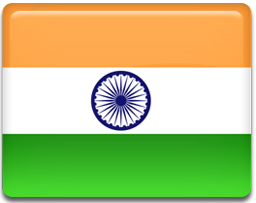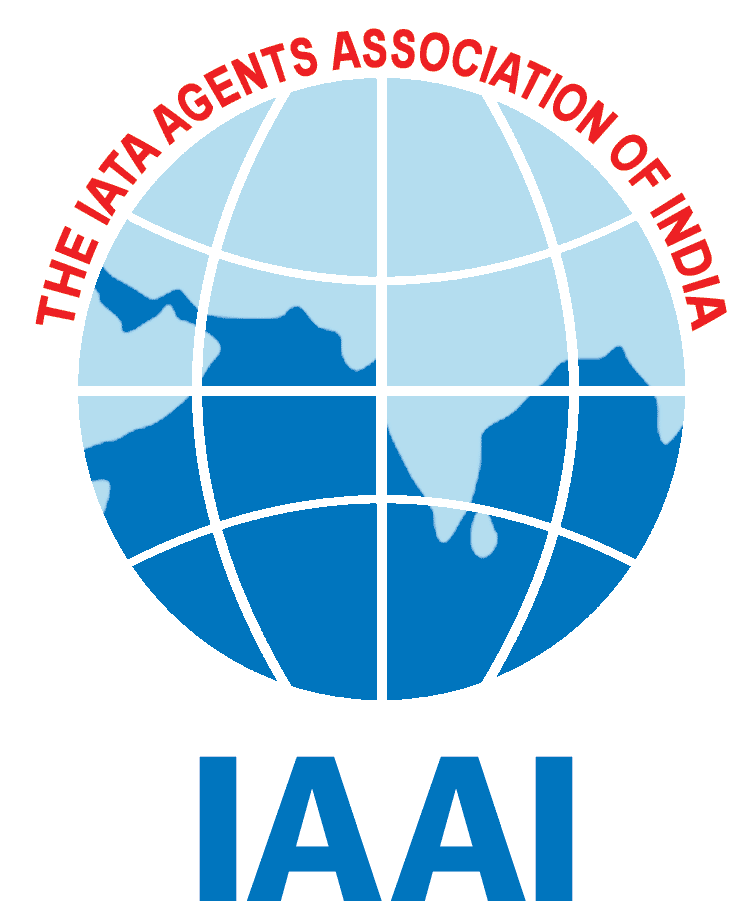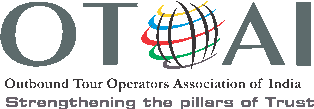The beautiful valley is home to many of Bhutan’s oldest monasteries & temples. The valley is also home to Mount Chomolhari (7300 mtr.) situated at the northern end of the valley whose glacier, water forms the Pa Chu which is flowing through the valley.
Paro is bordered by Haadzongkhag to the west, Tibet to the north, Thimphu to the east, and Chukhadzongkhag to the south.
Paro contains the only active international airport in Bhutan, the Paro Airport, a beautiful small green-roofed facility in a valley, served only by Drukair (Bhutan's National Airline) from India and other countries in Southeast Asia.
| Ta Dzong |
|
It is aunique museum. Located inside the circular 7th century fort is the national museum of Bhutan with its wonderful and varied collection. It provides an excellent introduction to Bhutanese art and culture. (9am – 4pm, Closed on Sunday, Monday & National Holidays)
|
| Rinpung Dzong |
|
The massive three hundred and fifty year old fort is the center of governance for the Province of Paro. The governor, the chief judge and other government official keep office within the walls of this fort following old traditions. Half the fort is permanently occupied by 200 resident monks. Every year in the spring, the fort host’s one of theBhutan’s biggest religious festival.
|
| The Ruin of Drukgyel Dzong |
|
This fort is fifteen minutes’ drive from Zhiwa Ling and set on a hill with a spectacular view of the valley.This fort protectsfrom Tibetan invasions.It provides a wonderful architectural insight to the structure of forts in Bhutan. Drukgyel is also the starting point of Bhutan’s most famous trekking routes.
|
| Kitchu Lhakhang |
|
It is one of the oldest monasteries in the country built in the 7th century by the Tibetan King SongstenGampo. The story goes that a giant demoness lay across the whole area of Tibet and the Himalayas and was preventing the spread of Buddhism. To overcome her, King SongtsenGampo decided to build 108 temples, which would be placed on all the points of her body. Of these 108 temples, 12 were built in accordance with precise plans. This is one of the oldest monasteries in Paro district. There's a belief that the two orange trees here in KyichuLakhang bears fruit throughout the year.
|
| Chele-La-Pass (Full Day) |
|
Chele-La-Pass, at an elevation of 13,088 ft., is considered to be one of the highest motorable pass in Bhutan. About an hour’s drive from Zhiwa Ling it passes through lush valleys, pine and rhododendron forest. The pass provides stunning views of the sacred mountain Jomolhari and Jichu Drake.
|
| Drukgel Dzong |
|
This Dzong, with a delightful village nestling at its foot, was built in 1646 by ZhabdrungNgawangNamgyal to commemorate his victory over the Tibetan invasions. “Druk” means the land of the thunder dragon or the land of dragon people;”Gyel” means victory. The dzong caught fire in 1951 and now it only remains as ruin. This dzong is built at a strategic point where the route from Tibet enters the Paro valley. Later when the invasions ceased , this route was used for trade between Tibet and Bhutan. On a clear day, one can see the beautiful view of the majestic mountain Jomolhari from the village, below the Dzong.
|
| Taktsang monastery (Full Day) |
|
Taktsang Monastery is situated on a nearly vertical cliff at 3000mtr altitude north of Paro in Bhutan. It is also known as "Tiger's Nest" because it is said that Guru Rimpoche have flown on the back of a tigress in the 8th centuryand he meditated in a cave here for three months where the monastery was built. The cave is said to be the origin of Buddhism in Bhutan.
|
| Ugyen Pelri Palace (Palace on Wheels) |
|
It was built in 1930 by ParoPenlop, TsheringPenjor. It is believed that a carpenter was sent to India to get a sample and the carpenter without any formal education made the sample out of a pumkin.It is also believed that the palace usedto be on wheels , hence known as palace on wheels. On the road beside the palace are the five square chortens that were built in memory of the first King, UgyenWangchuk.
|
| Haa |
|
Haa District is one of the 20 dzongkhag or districts comprising Bhutan. As per the 2005 census, the population of Haadzongkhag was 11,648, making it the second least populated dzongkhag in Bhutan after Gasa. The dominant language of the district is Dzongkha, the national language. Haa's major feature is the Haa Valley, a steep north-south valley with a narrow floor. The name Haa (pronounced "hah"), as well as the more ancient name Has connotes esoteric hiddenness. An alternative name for the district is "Hidden-LandRiceValley."
|







.png)